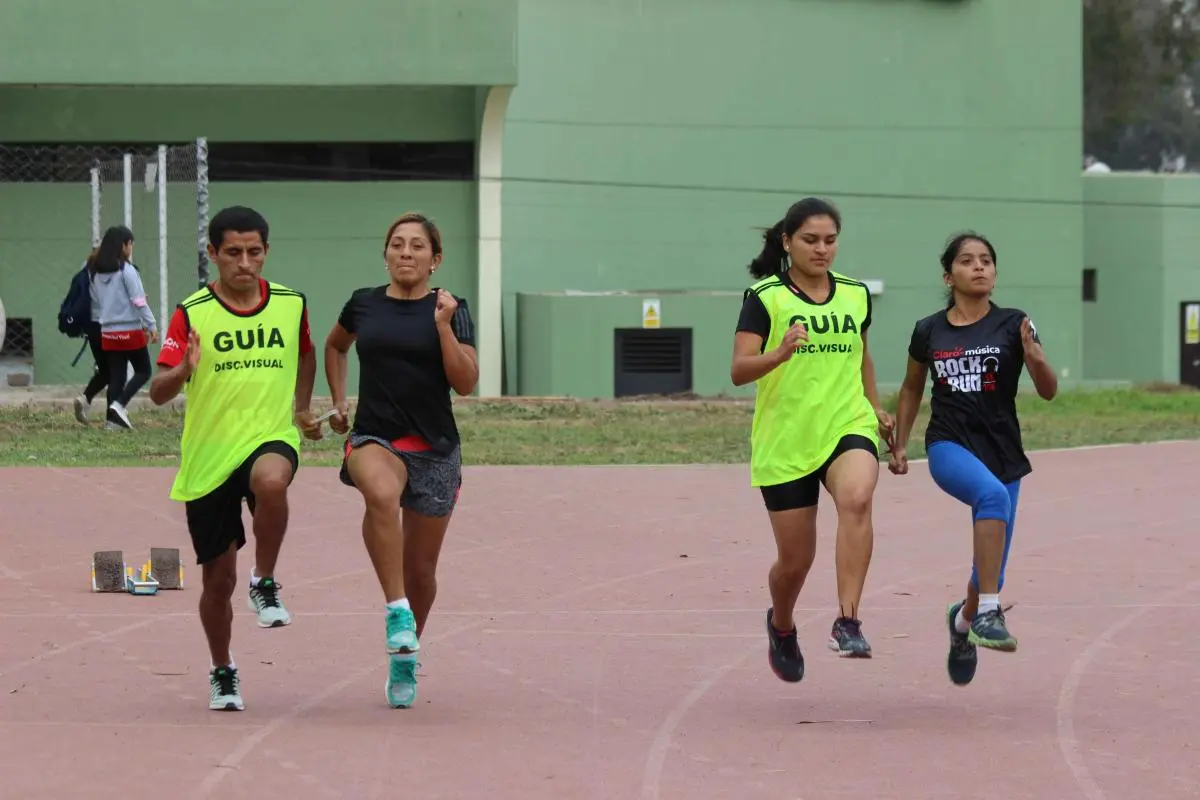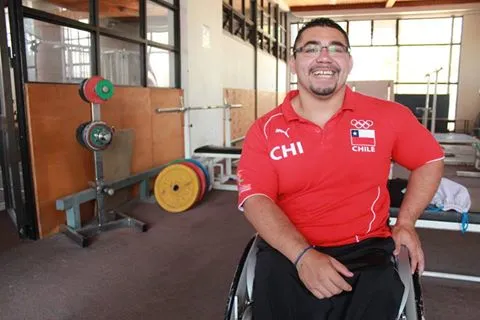
IMPROVING LIVES THROUGH INCLUSIVE DATA
The Chilean government piloted the WHO and World Bank’s Model Disability Survey. The result is a much clearer picture that is informing national policy and plans, and improving the lives of persons with disability.
Overview

Collecting and analysing disability data is crucial for governments to design evidence-based policies, monitor implementation of the Convention on the Rights of Persons with Disabilities (CRPD), track progress toward national goals, and identify challenges.
The 2030 Agenda for Sustainable Development emphasises the importance of disaggregating data by disability, alongside factors such as age, gender, income, ethnicity, race, and geographic location.
To support this, WHO and the World Bank created the Model Disability Survey, a tool that provides comprehensive information about the levels of disability in a population, and identifies unmet needs, barriers and inequalities faced by people who experience different levels of disability.
The Model Disability Survey was piloted in Chile in 2015.
Who was involved?
Chile’s National Service for the Disabled (SENADIS), Ministry of Health, and National Statistics Institute adapted and implemented the Model Disability Survey, with input from persons with disabilities and civil society, and coordination across all 15 regions.
What was done?
In 2015, Chile conducted its second National Disability Survey, adapting the Model Disability Survey to its context. This marked a major shift from previous models that had largely relied on diagnosis-based identification.
The Model Disability Survey offered a multidimensional, rights-based approach, assessing levels of functioning, social participation, and environmental barriers, not just impairments. The survey included children and adults, allowing Chile to measure the full scope of disability prevalence in the population.
The implementation process involved training survey collectors, adapting the questionnaire linguistically and culturally, and conducting large-scale field testing. Disability was measured through a series of structured questions capturing difficulties across domains such as mobility, communication, self-care, and participation in daily life. This was complemented by data on social determinants like education, employment, income, and access to services.
What made it special?
Chile’s survey was among the first in Latin America to apply the Model Disability Survey in full. The findings informed national disability strategy development, accessible infrastructure planning, social protection mechanisms, and efforts to improve access to health and education. The data allowed Chile to monitor its compliance with the CRPD and build evidence-based narratives about the lived realities of persons with disabilities. It also set a new standard for stakeholder engagement by involving organisations of persons with disabilities at all phases of survey design, implementation, and validation. This helped ensure not only methodological rigour but also legitimacy and community ownership of the results.
What changed?
Chile obtained a much clearer and more comprehensive understanding of how disability affects its population. It found 16.7 per cent of adults and 5.8 per cent of children experienced severe difficulties in daily life in 2015, either due to health conditions or impairments they have, and are very likely to experience disability if their needs are not met.
After reporting the survey results to the country’s civil society groups, SENADIS ensured the data helped develop key plans and actions.
For example, the data informed the passing of the Law on Labour Inclusion, and the National Disability Action Plan which is currently under development.
What was learned?
The process helped the Chilean government understand the number of persons with a disability and the issues they face. Through integration of the Model Disability Survey in national health surveys, the government can track progress, understand unmet service needs and ultimately, and improve the lives of persons with disability.
The completion of the full version of the Model Disability Survey can take up to 1.5 hours, while the shorter version takes up to 30 minutes. The related statistical analysis is complex and will in most cases require support from WHO.
Get started
National governments can review the WHO’s Model Disability Survey - Survey Manual and reach out to the WHO team on Sensory Functions, Disability and Rehabilitation. Please contact: disability@who.int



